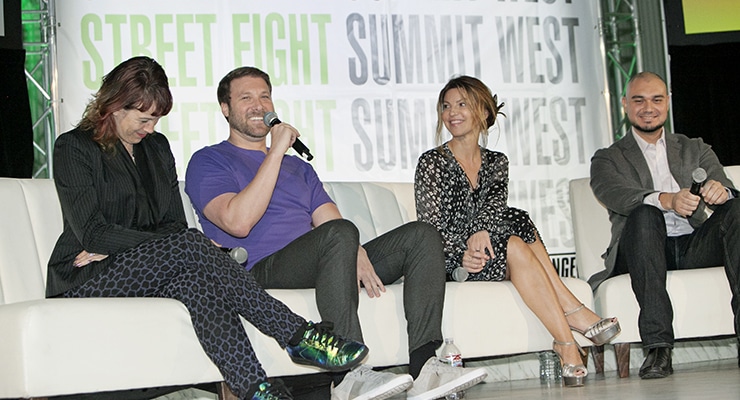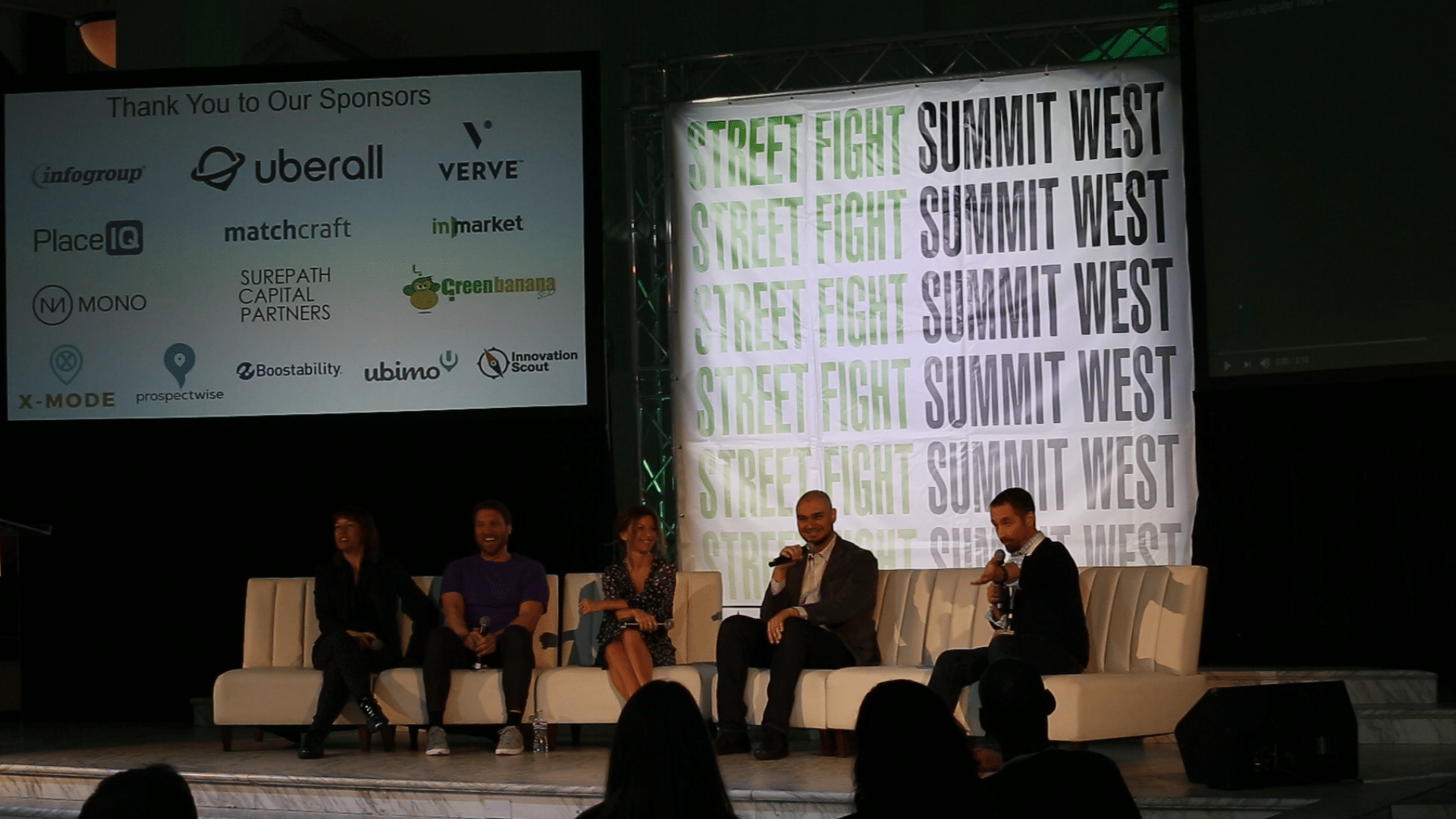
Too many companies are rushing at AR and VR so they can check that box off their list, but without the thoughtfulness to build something meaningful. And that leads to misfires that give a bad name to an already-challenged sector.
This was one topic covered in an XR Commerce panel at Street Fight Summit West, moderated by ARtillry (video below). According to Accenture XR‘s Raffaella Camera, setting goals and building a narrative for consumer XR apps should come first, as that informs the rest of the process.
“Instead of wanting to just do something in AR or VR, figure out the story you’re trying to tell and does that story fit AR or VR.” she said. “And then even within that, does it fit a computer graphics based experience or does it fit a 360
experience, and how do you want to build that out?”
The form factor is also important says Auredi CEO Danny Gordon. And anything consumer-oriented should focus on mobile apps. That’s certainly the case in the near term, so the question is when smart glasses will penetrate consumer markets (they’re already in the enterprise)?

“I personally don’t think smart glasses or contacts will be mainstream, like a smartphone is today, for at least 7-10 years,” he said. “Even if you think about the iPhone, it really went mainstream on the 4S which was 2011. The iPhone first came out in 2007 and it took about four years.”
Beyond product design, clear ROI goals at the outset are important. For example, Accenture XR helped BMW realize its goal of reaching millennials. An AR approach made sense, given millennials’ sentiments to traditional car buying. The result was the now-renowned iVisualizer app.
“In the case of BMW iVisualizer, the issue was how do we get millennials, who don’t like going to dealerships and dealing with car salesmen, to interact with the model and configure the car?” said Camera. “And that was the way to do it…That’s the type of ROI they’re looking for.”
ROI can also come from time savings and employee morale (see our recent report), said Talespin‘s Joel Vasquez, who saw this when integrating VR training for Farmers Insurance. And there’s dollar savings from VR’s remote interaction, according to Light Lodges‘ Evo Heyning.

“I did mixed reality for the State Dept. in 2009. Obama would come and talk and we’d bring in diplomats from all over the world,” Heyning said. “In a single [VR] experience, they would save [money] because 50 people plus their entourages flying to a single location was cost prohibitive.”
As for getting started with XR for enterprise or consumer markets, it requires some testing in the field says Vasquez. Once the above steps are taken to clarify ROI, form factor and product goals, take a minimum viable product (MVP) approach to launch and iterate quickly.
“There’s still a huge learning curve and a huge gap,” he said. “So if there’s anyone that wants to dive into it, start small, do an MVP and start to see the ROI that way, instead of taking months and months of pre-planning which doesn’t really work because the tech is going to change anyway.”
See the full session video below, including an intro data presentation by ARtillry, and stay tuned for more educational videos every Friday.
For a deeper dive on AR & VR insights, see ARtillry’s new intelligence subscription, and sign up for the free ARtillry Weekly newsletter.
Disclosure: ARtillry has no financial stake in the companies mentioned in this post, nor received payment for its production. Disclosure and ethics policy can be seen here.
